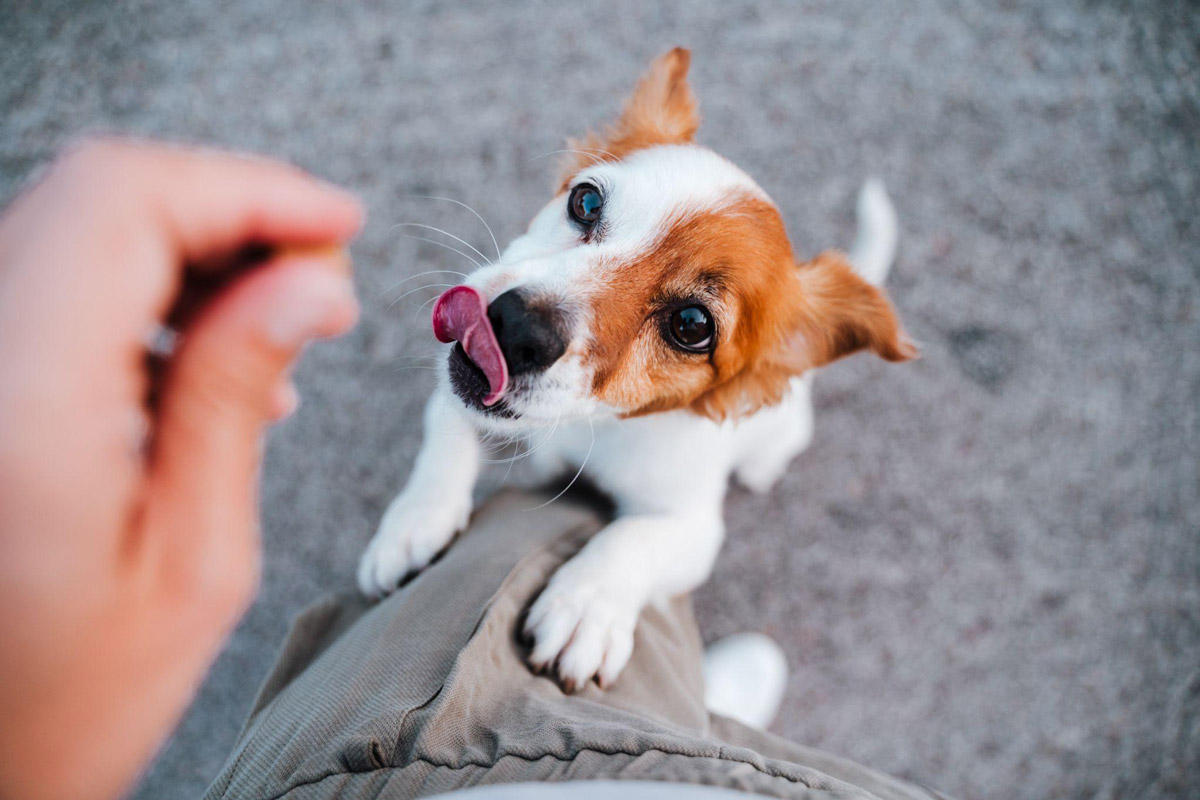Canine Training 101: 4 Crucial Tips For A Handicapped Dog

It is a common understanding among all dog owners that training their furry friends is no easy feat. There is no common language, and every dog has its own unique personality, so there is no one-size-fits-all method when it comes to training a dog.
However, handicapped dogs have it even harder. These dogs may not be well-understood by society, and they often find it difficult to live and adjust to the environment around them. At the same time, adopting and training a handicapped dog is a humane and enriching activity that provides its owners with a sense of fulfilment like no other.
Training a handicapped dog requires additional care and attention that culminates in a different approach that suits its special needs – from mobility equipment, pain relief plans to specialised pet grooming services. You can work with behavioural trainers and consult vets in Singapore for more advice. But in the meantime, here are four things to keep in mind as you train a handicapped dog.
1. Understand your dog’s disability and how it affects them

Disabilities come in many forms and vary in degrees of severity, and they can range from visual or auditory impairments to mobility problems. Understanding your dog’s disability is the first step to successful obedience training as it gives you a greater insight on the various dos and don’ts you have to keep in mind during training sessions.
Moreover, disabilities vary in terms of causes. Some dogs were born with their disabilities, while others may have contracted diseases, become injured, or even have a history of abuse. The reason behind your dog’s disability also shapes its personality, which lets you understand how you should interact and communicate with it during training. You will also learn what boundaries and expectations you ought to set during training.
2. Adopt a variety of communication cues

Communication is a two-way street. Your beloved doggo may not always obey your instructions and commands. But still, you have to realise that your dog has its own personality and feelings that shape its behaviour and reactions. A good trainer always prioritises the dog’s well-being and is patient and understanding with the puppy.
Obviously, dogs don’t have words to express their thoughts and feelings. The best way to communicate would be through body language and various sounds. Depending on your dog’s disability, select the most appropriate cue they would respond best to. Hand signals and other body language cues work well with deaf dogs, while blind dogs will understand sound cues that vary in pitch, tone, and loudness.
Of course, it is best to employ a combination of these techniques to truly maximise effective communication with your dog. You can also purchase toys and tools from a pet shop in Singapore to make training more exciting. Using different communication methods stimulates and engages your dog more, making for a more fulfilling training session.
3. Affirm your dog and avoid harsh cues

Be loving and patient with your dog during training by using positive reinforcement. This psychological technique involves rewarding your pet with a treat or other desirable stimuli when they exhibit positive behaviour.
Refrain from yelling or physically punishing your dog if they do not act appropriately. These methods of punishment often increase the emotional distance between you and your pet and strain the existing bond.
Instead, utilise cues to help your dog understand what they are doing wrong. Wagging your finger, gently saying words such as “uh-uh” or “no”, or even withholding a treat from your dog are cues to help your dog differentiate between good and bad behaviour.
You can vary the ways you praise your dog beyond the usual pats and treats. Combine verbal and physical expressions of affection so your dog will feel how proud you are of them. Allow your dog to express its love as well, and affirm and acknowledge its joy and happiness. Building a healthy relationship with your dog beyond treats is vital for successful obedience training, and it goes a long way beyond the training schedule.
4. Break up the schedule

Source: Jamie Street on Unsplash
Understand your dog has its own energy levels and will feel tired after a while. Pushing your dog beyond its limits will only build resentment and worsen its performance in the future, so look out for cues of tiredness or restlessness during the session. By keeping the session short but productive, your dog will be more responsive to future sessions.
Conclusion

Source: Adam Griffith on Unsplash
A handicapped dog can still live a fulfilling and exciting life with the right training and a patient, loving owner. Help your dog lead its best life with the help of these useful tips and tricks, and remember to always consult a professional if you ever stumble upon roadblocks!









